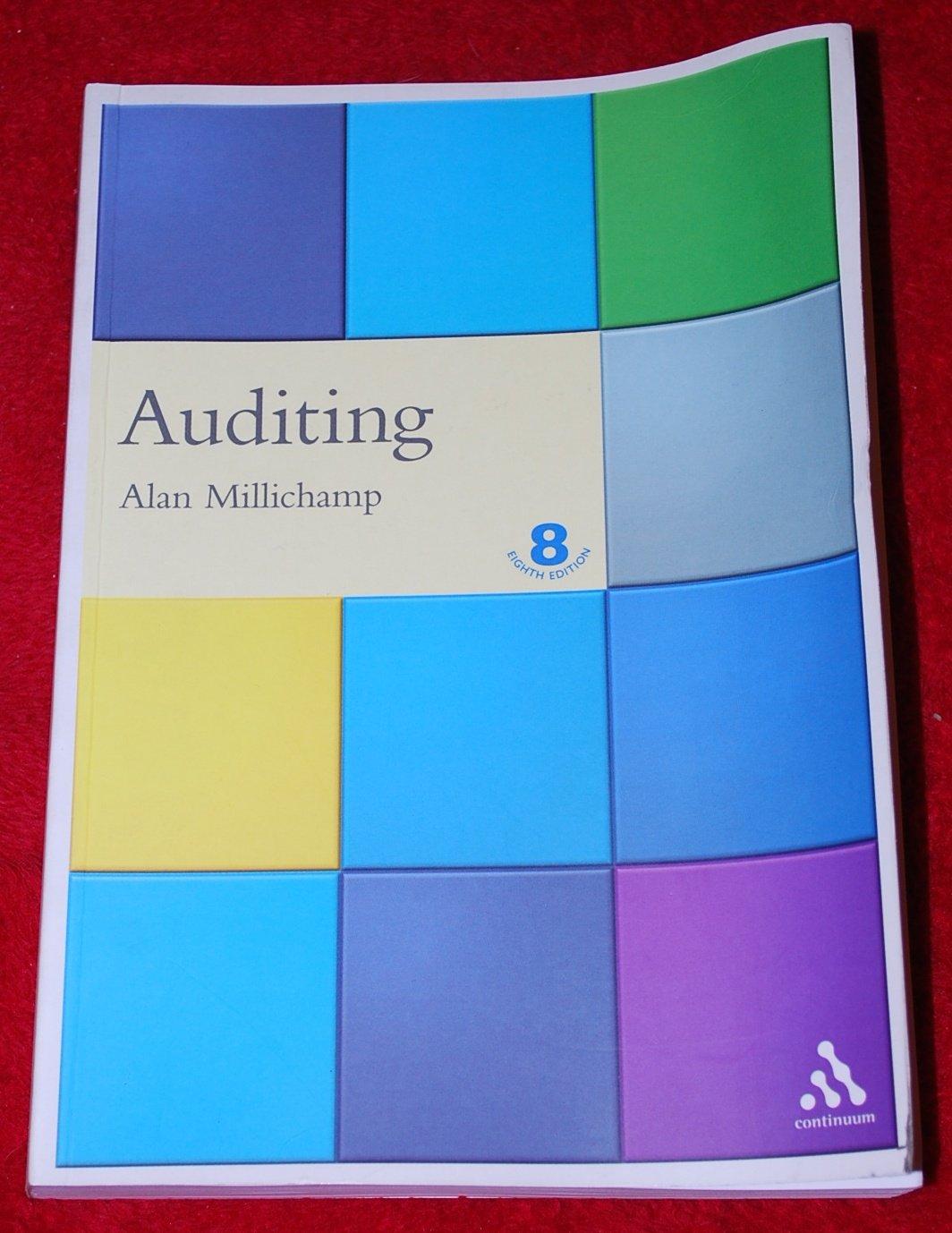10 (Spring 2018 Section 01) ome MyCoyote Case Study IS BEAUTY MORE THAN SKIN DEEP? They are thin, possess flawless skin, and have beautiful hair. They are the models and celebrities we see in television, print, and biliboard ads that tout the latest shampoos, anti-aging creams, and skin cleansers. The message is clear. Buy our product and you too can look like this. Beginning in 2004, Dove, a division of Unilever, started to send out a radically different message when the brand launched its "Campaign for Real Beauty." The first step in Dove's campaign, a tactic to support its skin-firming cream, introduced the nation to billboards that showed unretouched photographs of "normal women of various sizes in just their underwear Dove sent the message that women do not need to conform to the standards of beauty the fashion industry determines. Every of her age or body size, is beautiful. The campaign continued to build strongy over the next couple of years, and gained more steam with the viral release of the video "Evolution. The ad featured an average-looking woman who enters a seconds she emerges as a gorgeous model on a billboard. Immediately after the final shot of the bilboard, the video blacks out to powerful ad, which shows the intensity of personal care, diet, and exercise advertising as viewed through the eyes of a young gi techniques. In 60 film studio. The video then speeds through a series of hair, makeup, and shocking the statement, "No wonder our perception of beauty is distorted. This viral video was followed with "Onslaught,"an equaly The ad ends with another powerful message, "Talk to your daughter before the beauty industry does. The latest ad in the the eyes of a young gir campaign, "Dove Real Beauty Sketches, shows us how critical some women can be in evaluating and describing their looks. it was inspired by research conducted by Dove that found only 4 percent of women around the world consider themselves beaunful. An important part of the Campaign for Real Beauty is the Dove Self-Esteem Fund. With young girls reporting alarmingly low lovels ol sell-worth, this arm of the campaign works to provide confidence-building tools and workshops for young giris. Dove partners with the Girl Scouts, the Boys and Girls Clubs of America, and girls.inc to educate girls on the importance of selt-estoom Dove reaped a lot of public relations benefits from the campaign, but is not wthout its crees. Some charge that Unlever, whch owns Dove, is as guility as the rest of the industry in promoting false ideals of beauty. Ads for the company's Axe brand often are cited as lagrant examples of messages that objectfy women. In addision, the anti-aging and firming oreams Unilever sells thive on women's insecurities about their looks. If she is supposed to be satisfied with her nahural beauty. then why does a woman need these products? In addition, there was controversy concerning the airbrush techniques Dove used to photograph these "normar women. An article in the New Yorkercited a prominent photo editor who claimed that he had done a large amount of retouching and mentioned what a challenge agency Ogivy& Mather, especialy since the "Evolution" campaign eriticizes retouching tricks it was to make the women look attractive. Unlever's response was that it did not digtalily aer the photos but retouched them only to correct color and remove dust. Soll, this was a damaging accusation against Dove and its ad Finally, there is the question of whether such an emotionally charged campagn actually boosts sales. It cevtainly helps to break through t?ckatter and bring recogntion to the brand-but des "resonate with the consumer over me long term? Andaranty hec: beauty theme 5 6 8 N M








